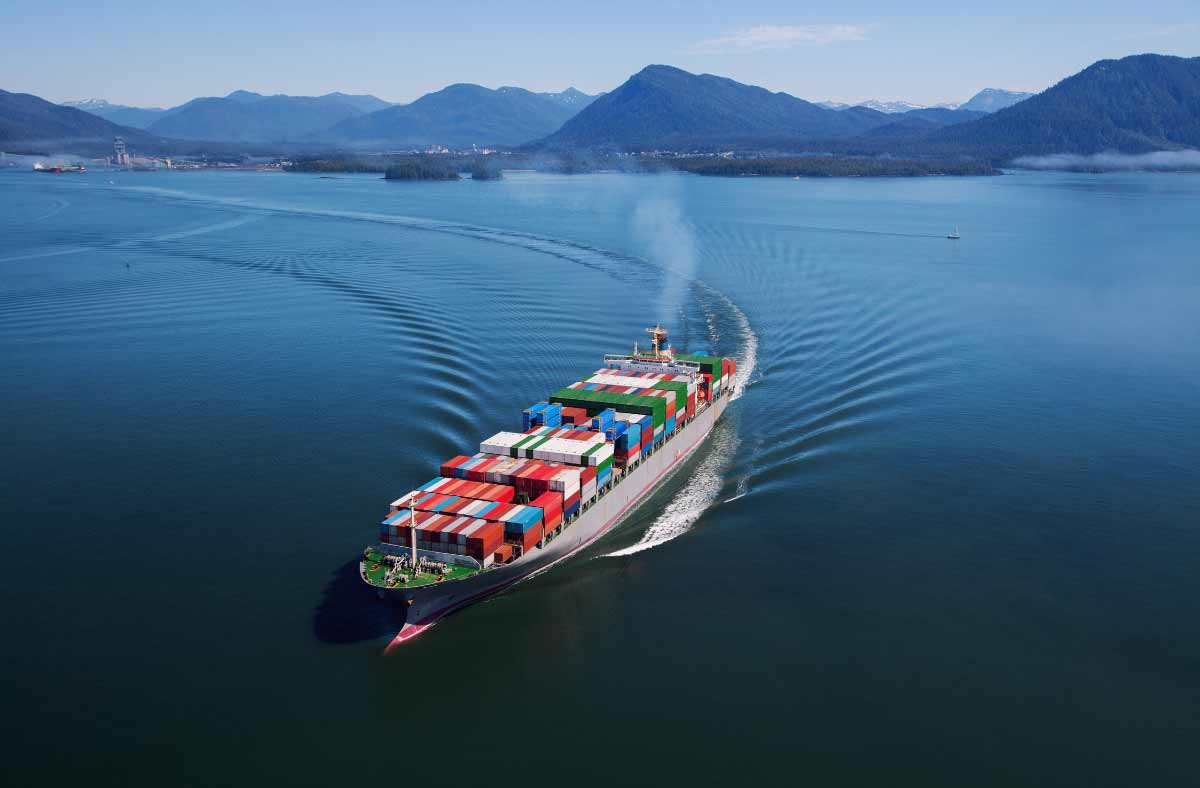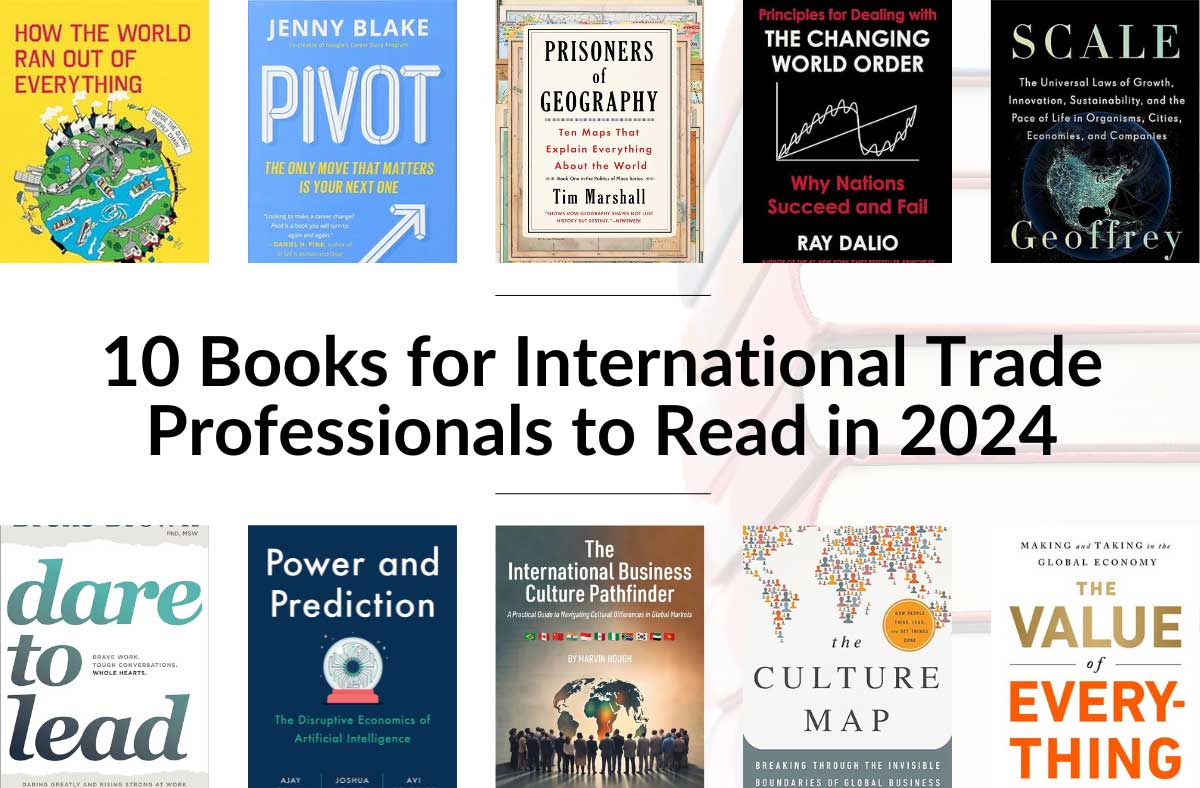
The United States and Canada have the most extensive trade relationship between any two nations in the world. In 2013, goods traded between Canada and the U.S. totaled C$782 billion (US$585 billion).
In fact, the trade of goods moving back and forth across the Ambassador Bridge between Windsor, Ontario and Detroit, Michigan alone is equal to all of the trade between the United States and Japan, the U.S.’s fourth largest trading partner.
The security requirements at the Canada – United States border have been significantly enhanced since 9/11. The CBSA has now made submitting eManifest (cargo and conveyance details) mandatory in order to further sustain cross-border security requirements.
It also supports new initiatives with the United States such as the Beyond the Border Initiative. Understanding these regulations, and being able to comply with them, will improve your competitive edge and contribute to the success of your business.
How will these regulations affect trade for U.S and Canadian businesses?
While delivering a North America-wide webinar for the Canadian Produce Marketing Association, I had a question from a participant from the eastern seaboard of the United States. The question was, “I am a grower, packer, and shipper; how do these cross-border regulatory requirements apply to me?”
I answered,
“Well, if a carrier of your choosing arrives at your farm, you will load them up with your produce, after which you will provide your customer in Canada with an invoice in the amount of $50,000.00, for example.
The invoice value is what you expect to be paid for the shipment. If your carrier arrives at the border and is unable to meet these regulatory requirements set out by the Canada Border Services Agency (CBSA) in order to be admissible to Canada, your shipment may be delayed at the border.
That delay may leave your shipment valued at only $500.00, and sold for cattle feed rather than appearing on the shelf of a major vendor in Canada.
As you are the supplier in the United States shipping your product to Canada, you choose the carrier in most cases. Familiarity with these types of regulatory changes is important for you to be better informed, and able to choose a carrier who can clearly meet these cross-border requirements.”
She responded with a very long “Oh, I see.”
The major challenges for shippers and carriers
With the new regulations, carriers are challenged by the monumental requirement of having to provide manifest information electronically, particularly before they even arrive at the border. In fact, their information must be transmitted, received and officially “accepted” by the CBSA before their truck arrives at the border.
These are the 5 main challenges exporters will face in adapting these new requirements.
1. Added time and costs
For highway carriers who make their living by checking electronic load boards for shipment postings, booking them, and picking up and delivering cargo, adding this cross-border requirement is a significant challenge.
At one time, carriers could bid on shipments posted on an electronic load board (over the internet), pick up the shipment, make the delivery and get paid. Now they must ensure that they have the ability to transmit manifest, or cargo and conveyance data, to the respective Customs Agency electronically AND in advance. The cross-border shipments are a very lucrative part of the transportation industry.
They also know that these additional requirements will cost them money to complete, which makes matters even more complicated. The additional costs will be incurred by the carrier whether they will be able to meet these new electronic requirements themselves, or contract a service provider to complete them on their behalf.
2. Extra details from in-bond conditions
Delivering cargo in Canada arriving from the United States, where the destination is not a border crossing or border city, requires in-bond conditions, posing an even greater demand on the carrier.
In this case, they must explicitly identify, by number, the inland warehouse (or inland destination) where the shipment will report to customs for release, and eventually be delivered to the actual importer.
In order to do this, the carrier must know not only the destination of the freight (consignee’s address), but also the specific sufferance/bonded warehouse where the goods will arrive inland.
All of this information, including the specific warehouse-designated, unique identifying number, must be included in the electronic or eManifest transmission to the CBSA. This must be transmitted to and accepted by the respective customs agency, a minimum of one hour prior to arrival at the first port of entry.
This is a major adjustment for carriers, who used to be able to present paper documents upon arrival, rather than send them ahead, with the final delivery address (cosignee) only.
3. Dealing with order changes
Changes are a common occurrence in the transportation of cargo. This includes a wide variety of circumstances, most often that the bill of lading generated for the shipment and the driver do not match the Canada Customs Invoice and/or the eManifest transmission (i.e. piece count).
This requires what is known as a “change” to the original eManifest submission to the CBSA, because the order was loaded on the truck slightly differently than what was originally ordered.
This driver is then responsible for ensuring that once he has the exact details regarding his shipment, his eManifest submission is identical and amended to be accurate, if necessary.
This new process for making these changes is not easy for the carrier. If the driver fails to make the correct changes they could face steep fees. This common inconvenience is costing them time, money, and creating a lot of stress and confusion over the accuracy of reporting.
4. Reporting discrepancies
If carriers fail to make the proper changes to their documents, they are now dealing with discrepancies. For example, occasionally, there will be a few extra pieces loaded onto the shipment by the shipper (i.e. cargo missed on another earlier shipment) that the driver is unaware of.
When these discrepancies are discovered after delivery in Canada, the importer has an obligation to notify their customs brokers, amend their commercial entry to account for the value for duty and submit any additional revenue owed to the government.
Accordingly, the carrier is also obliged to go back into their records to the transaction for this delivery and amend the details of the original submission to correctly reflect the shipment details.
Consequences for failing to amend the carrier’s records may result in penalties (AMPS as they are known in the industry) after these unchecked discrepancies are discovered through audits.
A carrier will not only incur penalties, their compliance record with the CBSA will also take a hit.
This could seriously affect a company’s future access to preferred Trusted Trader Programs like CSA or CTPAT.
5. Keeping detailed records
It has always been a challenge for carriers to maintain accurate records of each and every trip. Tracking and detailing every trip that delivered freight into Canada is a time-consuming process. Many, many carriers are still maintaining their records in a paper format.
The CBSA identifies that carries must maintain all records for three years, plus the current year. These new regulatory policies have been amended so that carrier records must also contain the details for all submissions made to, and received from, the CBSA. One of the great benefits for a carrier using a service provider is that they are able to maintain a database containing all of this pertinent information for their carrier clients.
Keeping track of all the crucial details
Carriers have often had difficulty maintaining accurate records because of the logistical challenges presented by drivers often working away from their home office, and the fact that the administrative personnel often work Monday-Friday 9 to 5, while drivers are working 24 hours a day, 7 days per week.
The engagement of a good service provider can, in most cases, easily solve this logistical nightmare for them. The challenge then becomes the cost to the carrier to engage such a service provider.
This reflects why it is so important for U.S. vendors, manufacturers and shippers to have a much better understanding of the cross border regulatory requirements.
One Canadian Manufacturer's Cautionary Tale
A Canadian Manufacturer in Ft. McMurray, Alberta ordered a multi-million dollar piece of equipment from a vendor in Texas. The vendor offered a preferred transportation fee at 40% less than standard shipping costs to enhance the sale.
On the expected day of arrival, the U.S. carrier telephoned them to advise that they were unable to enter Canada because they could not meet the regulatory requirements for importation and had returned to a truck stop one hour south of the border. The driver advised the importer that he was going to have to hire someone else to pick up and deliver the shipment.
Because this was going to be “just in time inventory”, the importer was then left with having to contact one of their Canadian contracted carriers to dispatch a truck to retrieve the shipment from southern Montana to be imported and delivered to Fort McMurray at their own expense. The goods arrived with less than a two hour window before the entire operation would have been shut down in Ft. McMurray.
When I asked about the 40% discounted transportation savings, the Manufacturer simply responded, “Let’s not go there!”
Canadian companies also need to be aware of these types of regulatory requirements, so that they can make this part of the conversation they have with their vendors in the United States prior to placing orders. Not inquiring at the time of order could add significant costs to any goods being imported into Canada.







I am finding more and more the shipping costs from USA to Canada are getting too expensive to make it worthwhile ordering from many companies . When you need a part that is $45.00 and is about 1/2 pound in weight and the shipping is $45.00 these is something wrong . There are many companies that are reasonable but I feel many others are just gouging on shipping to Canadian customers . I can order to Canada from China or the UK and get cheaper shipping than from the USA in many cases .